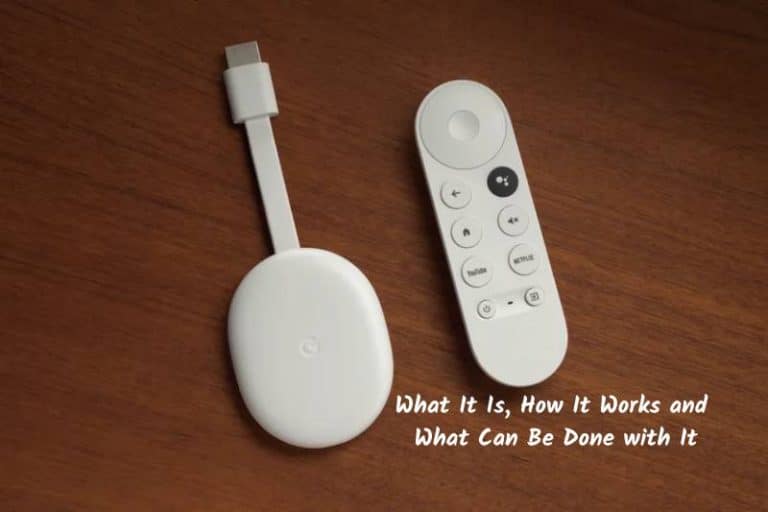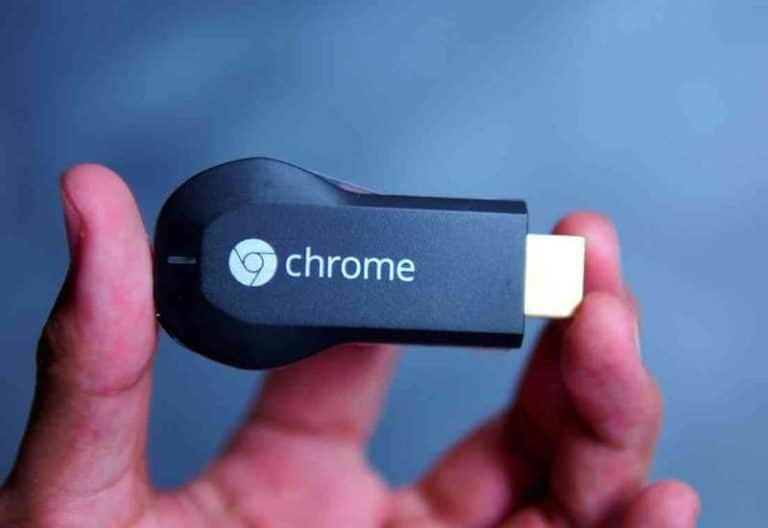ADSL vs. Broadband

In this article we discuss the difference between (Asymmetric Digital Subscriber Line) ADSL vs. Broadband.Broadband stands for a certain form of telecommunication technology that allows much higher data transfer rates compared to standard dial-up connections. It also represents different types of DSL (Digital Subscriber Line) technology, while ADSL (Asynchronous Digital Subscriber Line) is a form of it. ADSL uses copper-switched telephone networks to provide high-speed data services, enabling simultaneous transmission of voice and data.
ADSL
ADSL (Asymmetric Digital Subscriber Line) is a very popular form of DSL technology. As the name suggests, ADSL is “asymmetric” in terms of the upload and download speeds it provides. This has been one of the main reasons for its popularity as ADSL provides higher frequency bandwidth (138 kHz – 1104 kHz) compared to upstream frequency bandwidth (26,075 kHz – 137,825 kHz).
In general, ADSL is provided with the same infrastructure used for voice connection. Therefore, an ADSL splitter is required to discriminate between the two voice and data bandwidths. The splitter is usually connected in the customer premises and the split data signals are fed into an ADSL modem or a router for modulation and demodulation. The main disadvantage of ADSL is the attenuation of signals over long distances.
ADSL can generally be distributed over short distances from the last mile telephone exchange; this usually varies within the range of 4 to 5km. For the exchange side, it terminates with a digital subscriber line access multiplexer (DSLAM), which is another type of frequency divider that separates the voice band signal from the telephone network. Thereafter, data is routed over the telephone company’s data network, and it finally reaches database-based Internet protocols.
ADSL is a full-duplex data communication solution and is usually used using a pair of cables (copper), based on either DFD (DDD), Time Dual Duplex (TDD) or EQD (ECD) technology. There are several types of ADSL technologies available today, such as ADSL 2 and ADSL 2+. These types have evolved with higher data rates. ADSL2 has a speed of up to 12,000 kbps and ADSL 2+ with speeds up to 24,000 kbps.
Broadband
Broadband was initially introduced as a differentiation from dial-up service and offers greater bandwidth than the older narrowband technology. It can be in either DSL or Cable format. The International Telecommunications Union (ITU) has defined broadband as a connection that provides rates that are higher than the standard 1.5Mbps rate.
In addition, the broadband transmission technology was intended to utilize the large bandwidth offered by fiber optics. Broadband provides access to the highest quality Internet services for streaming media, games, VoIP (Internet phone) and interactive services. Broadband connections guarantee instant access to a range of online information, email, instant messaging and some other communication services available over the internet. Many of these current and newly developed services require the transmission of much larger amounts of data that are not possible with dial-up services.
Today, there are many different types of DSL services (Digital Subscriber Line) such as SDSL (Symmetrical Digital Subscriber Line), HDSL (Digital Subscriber Line with high bit rate). The basis of all this technology ensures that digital information is transmitted over high bandwidth channels.
What is the difference between ADSL and broadband?
ADSL is a type of broadband solution; thus, both have similar characteristics in terms of network architecture.
ADSL connections are best used in situations where there is a lot of demand for downstream, while broadband can offer solutions to different requirements regardless of the limit values for upstream and downstream bandwidth.
Broadband is diversified in many transmission technologies such as cable, DSL, mobile / wireless, but ADSL only uses DSL technology that runs on copper cables. • ADSL may not be available in all areas, due to the distance limitation factor from the last milestone, but broadband provides services with many other types of technology such as cable, satellite, which can cater regardless of distance limits.
For More Information Please Visit www.lifestylebuz.com





